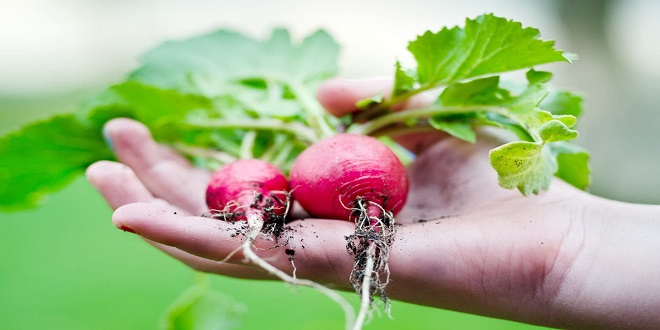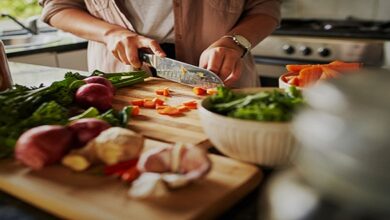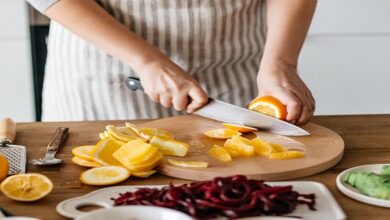Digging Into the Basics of Vegetable Gardening

Vegetable gardening is about more than just growing tasty food. You can find many other reasons and benefits of vegetable gardening, and I explain them in this part. I also cover information you need to know to plan your garden, such as determining the importance of sun and soil, deciding what to grow, and exploring some sample garden designs.
Vegging Out
Each chapter in this part explores vegetables grouped by botanical family (such as the squash family) or commonality (such as root crops). Each chapter is loaded with the best varieties to grow and specifics on how to grow them. I also provide information to help combat specific pests that may attack each crop. Chapter 12 is all about other edibles, such as berries and herbs. Food comes in many forms, and berries and herbs are some of the easiest and most reliable producers in your yard.
Read More: thenewspointof.net
Getting Down and Dirty in Your Vegetable Garden
Now for the good stuff: building your garden and getting it growing. In this part, I talk about starting seeds; improving your soil; maintaining your garden with proper watering, fertilizing, and mulching; using some extra-cool gardening techniques, such as succession planting; applying pest and disease controls; growing in containers; and harvesting and storage. Whew, that’s a lot of great information!
The Part of Tens
This book wouldn’t be a For Dummies book without the always-popular Part of Tens. The final chapters in this book look at the ten best tools to get the job done and nearly ten great season-extending techniques that enable you to garden earlier in spring and later into fall.
Where to Go from Here
Start with the basics by taking in the information in Part I about seeds, plants, soil, your site, and garden planning. Then dive into your list of dream vegetables that you want to grow in your garden. Come back to the book periodically throughout the growing season to find out more about pest solutions in Chapter 17 and season extension in Chapter 21. And don’t forget to keep harvesting the fruits of all your fine work.
This is just the beginning of your vegetable garden experience. Many resources are available for vegetable gardeners (the appendix can get you started). The key is to get started and keep learning. After tasting one of your first homegrown peas, you’ll be hooked for life.
I may think every word I’ve written on vegetable gardening in this book is intriguing, but I realize you have a life and may want to just get on with it. If you want only the basics, keep in mind that sidebars (in shaded gray boxes) and information tagged with the Technical Stuff icon aren’t necessary to your basic understanding of vegetable growing and can be skipped, if you really have to.
Everyone loves good food. Fresh, tasty, nutritious food is our birthright. And what better way to have great food than to grow it yourself? You don’t have to be a farmer to do so either. Whether it be a plot of land in the yard that’s tilled up to grow vegetables, a few vegetables planted amongst your flowers and shrubs, or containers loaded with attractive, edible choices, growing your own food is a satisfying and rewarding activity.





